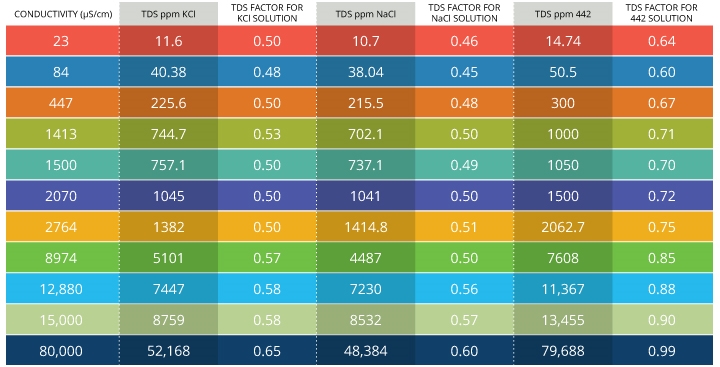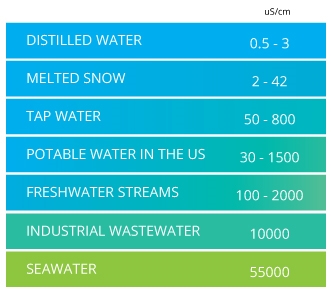I'm really struggling to opt for the safer option on pump. This has come up because instructions on the pumps supplied state "do not use while in the water", but, as was inevitable eventually, someone forgot and swam without switching it off once....
I was provided with a 240v pump, externally mounted, but instructions state "do not use while in water". This design pump blew up (2x) - likely overheating as it was the resin seal that failed both times.
I bought a different one (designed for pools still), but this I discovered on arrival is submerged within a sump in the filter - it hasn't over heated - water cooled, but again "do not use while in water" label attached.
So... I know a little bit about electricity, but not a lot. So I figured that I could purchase a 24V DC pump, externally mount it, and this would be powered by an SELV transformer. The pump is 100W.
Would this DC pump running with the SELV transformer be safer?
I'm concerned because SELV means that there will not be anything that causes the electricity to cut out if there is a fault on the DC side.
The RCD and AC 240v option however, has an earth at the motor, so theoretically, a failure will cause an earth fault and trip the RCD, but, if for some design reason, the earth isn't affected by the mechanical fault and water gets to the live, the pool is then electrified to 240v and then RCD does not trip. Typically, this is accounted for by bonding the pool water to the earth, though it's not as I understand it so trivial, since if you do that, you expose the water to potential fluctuations in the earth voltage (TNCS supply). To avoid that, you'd then convert the supply to TT setup.
In short, my understanding is that there is a risk that without bonding the pool water, especially with a submerged pump, there is a risk of electrocution even with a modern RCD fitted, regardless of type.
Hopefully you can see my confusion, and knowing a bit more than me, be able to put my mind at ease as to the safest option. Ideally without converting the supply to TT and installing earth bonding for the (temporary!) pool water.
What would you install if you owned a splasher style temporary pool?



